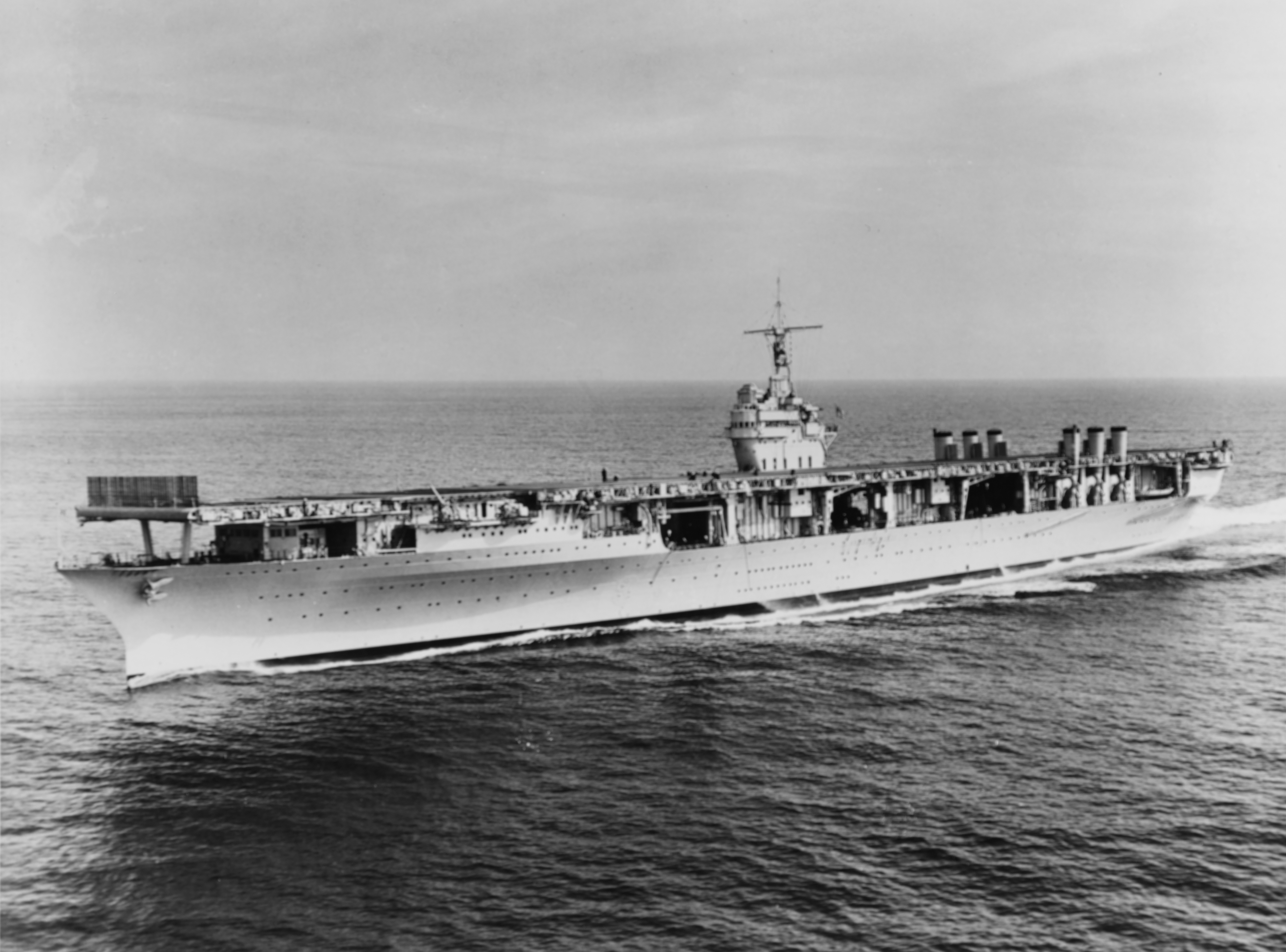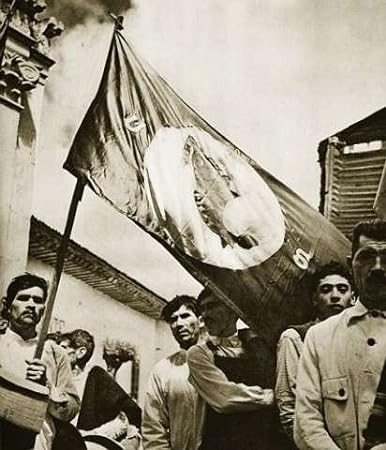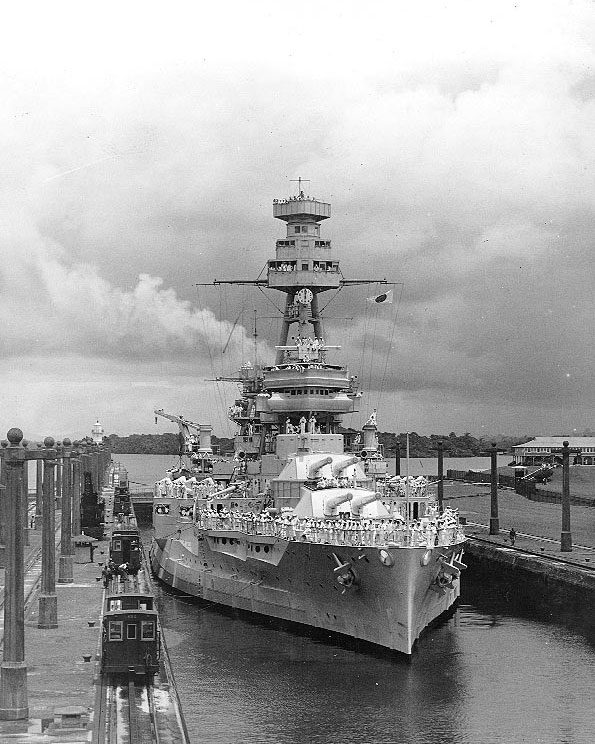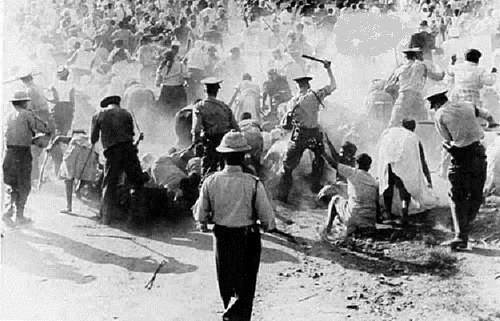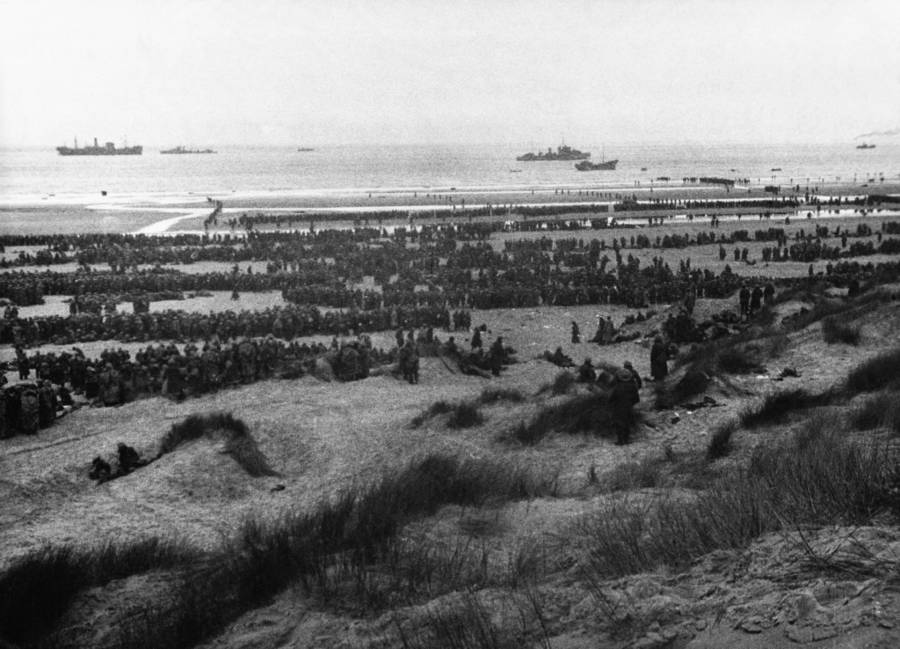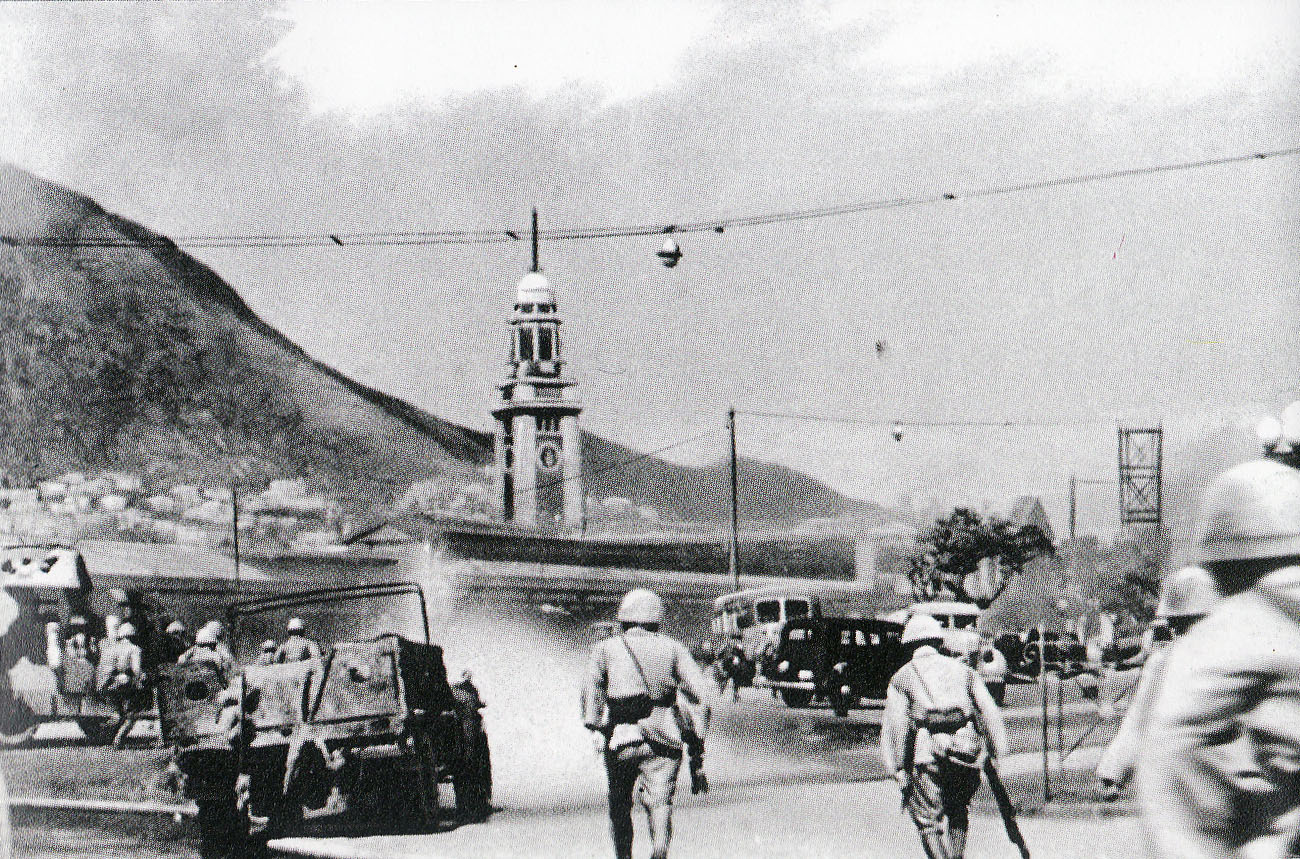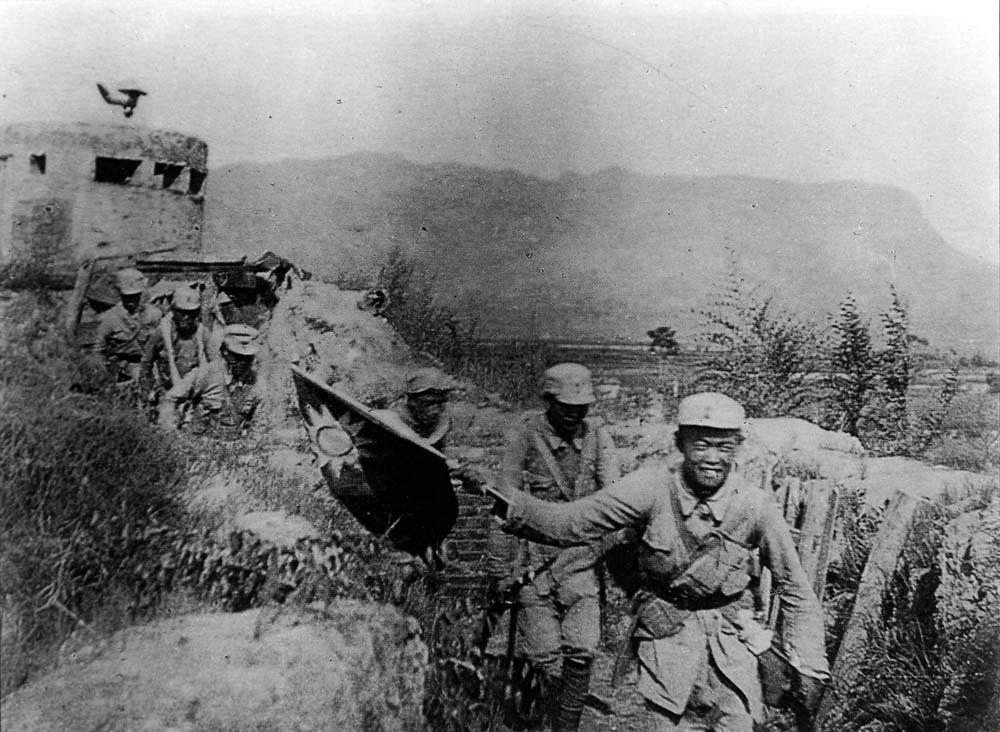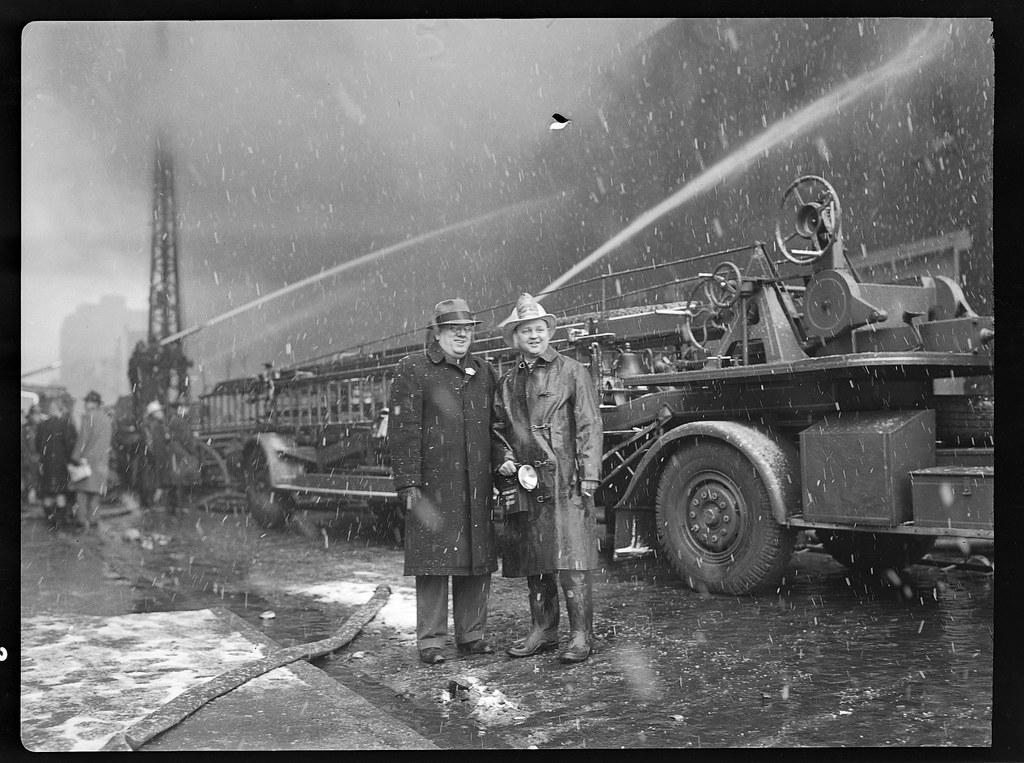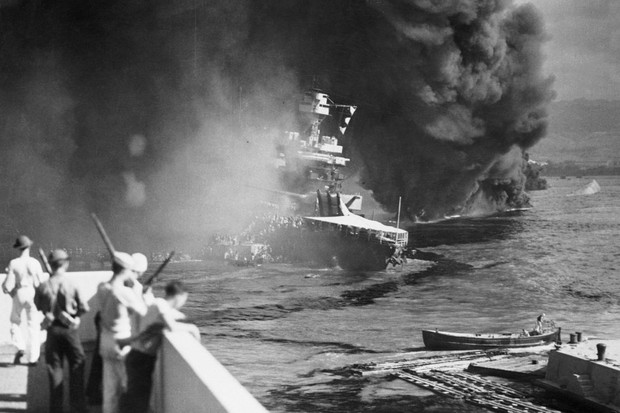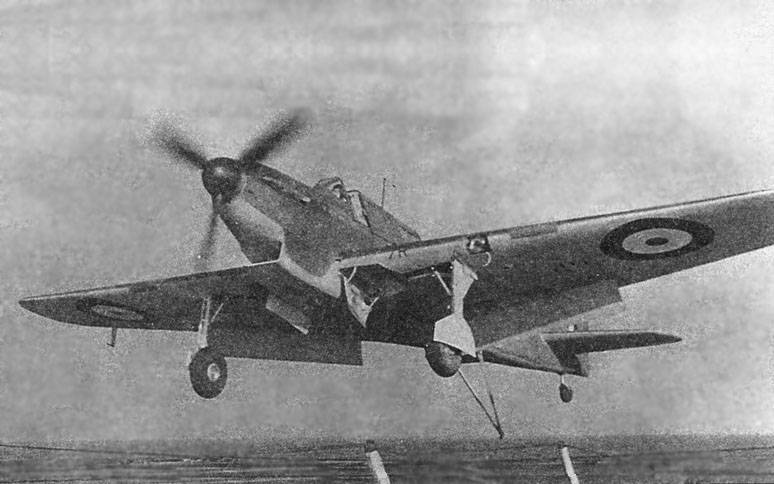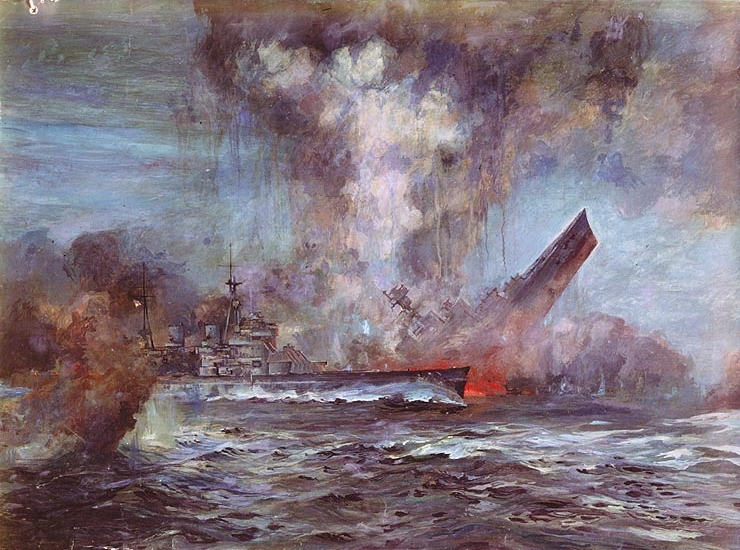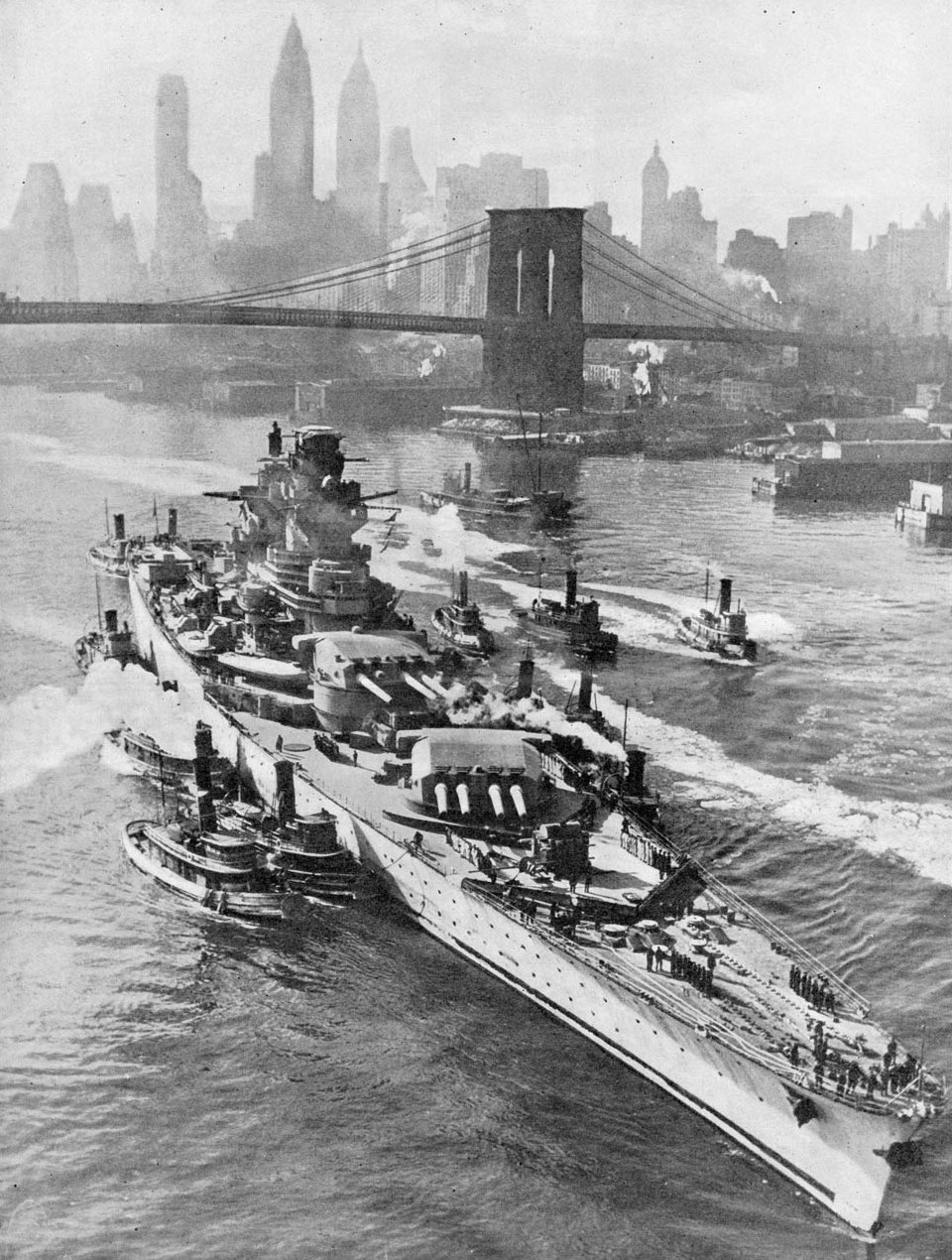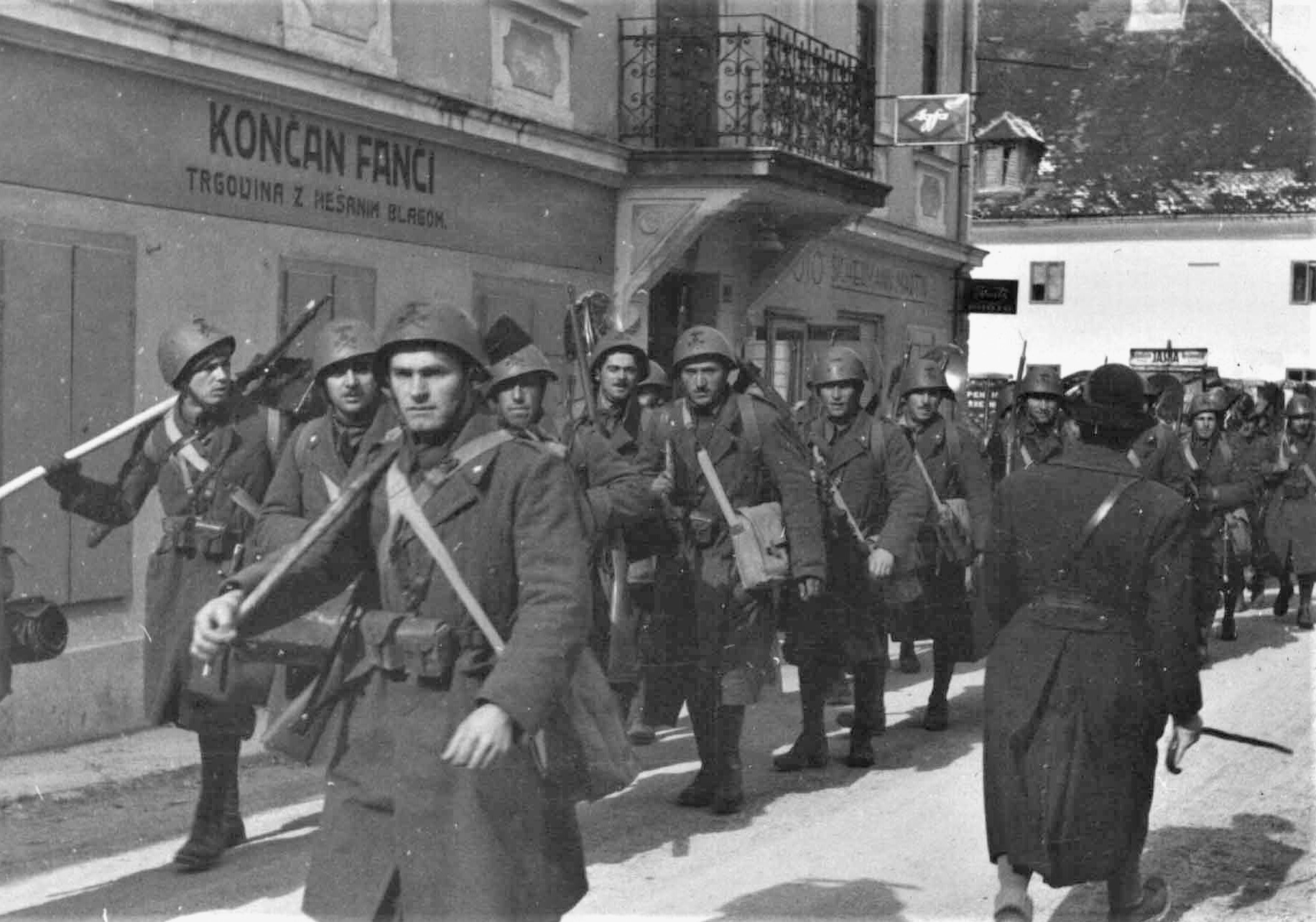Amfleet
[yee-haws internally]
Welcome to the This Land Was Our Land game thread! Turns will be hosted here, and feel free to post memes and other OOC content in the thread since this is a Nation Building game. To read up on the lore of this RP at any time, check out the interest check thread, which will no longer be updated. Most of the live OOC discussion will be hosted on our Discord Channel, and this is generally the best way to do diplomacy since most of our users will be there and live. Guests are welcome if you want to banter or just eat popcorn as the inevitable conflicts of interest pop off! For reference, I will keep the guide to writing turns here with any revisions I make to the turn lengths/line limit. The player list will also be updated here.
GUIDE TO WRITING TURNS
DM your turns to me either here or on Discord if that’s your thing. Turns are written in the form of command lines and each will cover 4 months of in-game time. You are allotted up to 8 commands per turn, plus the technology section which does not count towards your total. Please categorize your lines as follows:
Diplomacy: Your diplomatic interactions with other players and NPCs, including those not on the map e.g. Britain, Germany, etc. If you make a deal with another player try to make sure I have some way of knowing that the other player agreed since that saves me time I can spend writing.
Domestic: Your interactions with your government, populace, and economy. Pass laws, subsidize industries, explore for resources, etc.
Military: Your interactions with your military. During peacetime, recruit and train different branches, order equipment from industry. During war time, this will also include declarations of war and military operations.
Espionage: Any of the above actions that you do not want me to publish in the turn. I will deliver results to you as a private message. Gather intelligence, form secret alliances, commit assassinations and sabotage. If the outcome is something that would make headlines it will be published in the turn but not necessarily attributed to you unless you are caught.
Technology: A special section. Name three technologies that you think your nation/faction would benefit from advancing and I will select one. How advanced this technology will be is directly influenced by your nation’s industrial and knowledge base. Example:
-Encryption machine
-Television broadcasting
-Night fighter plane
CURRENT PLAYER LIST
1.
2.
3.
4.
5.
6.
7.
8.
9.
TURN 1 IS DUE WEDNESDAY, 8/14. Please let me know if I need to extend it a reasonable amount.
Last edited:


